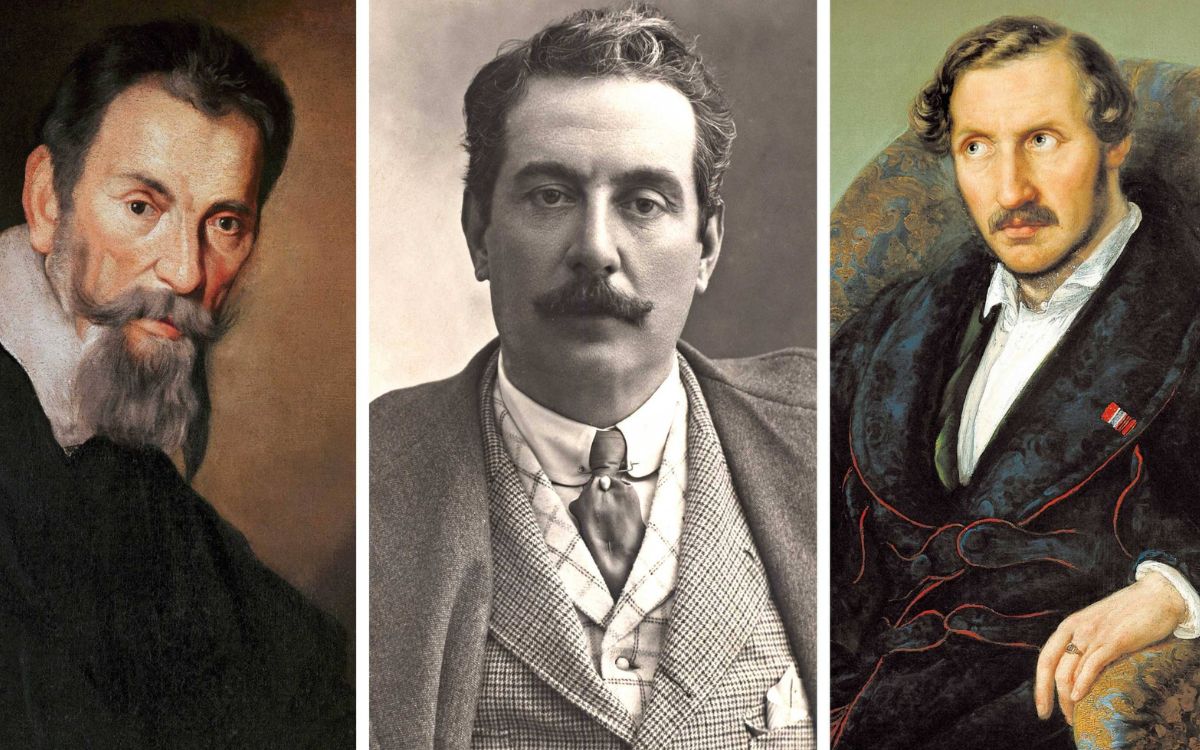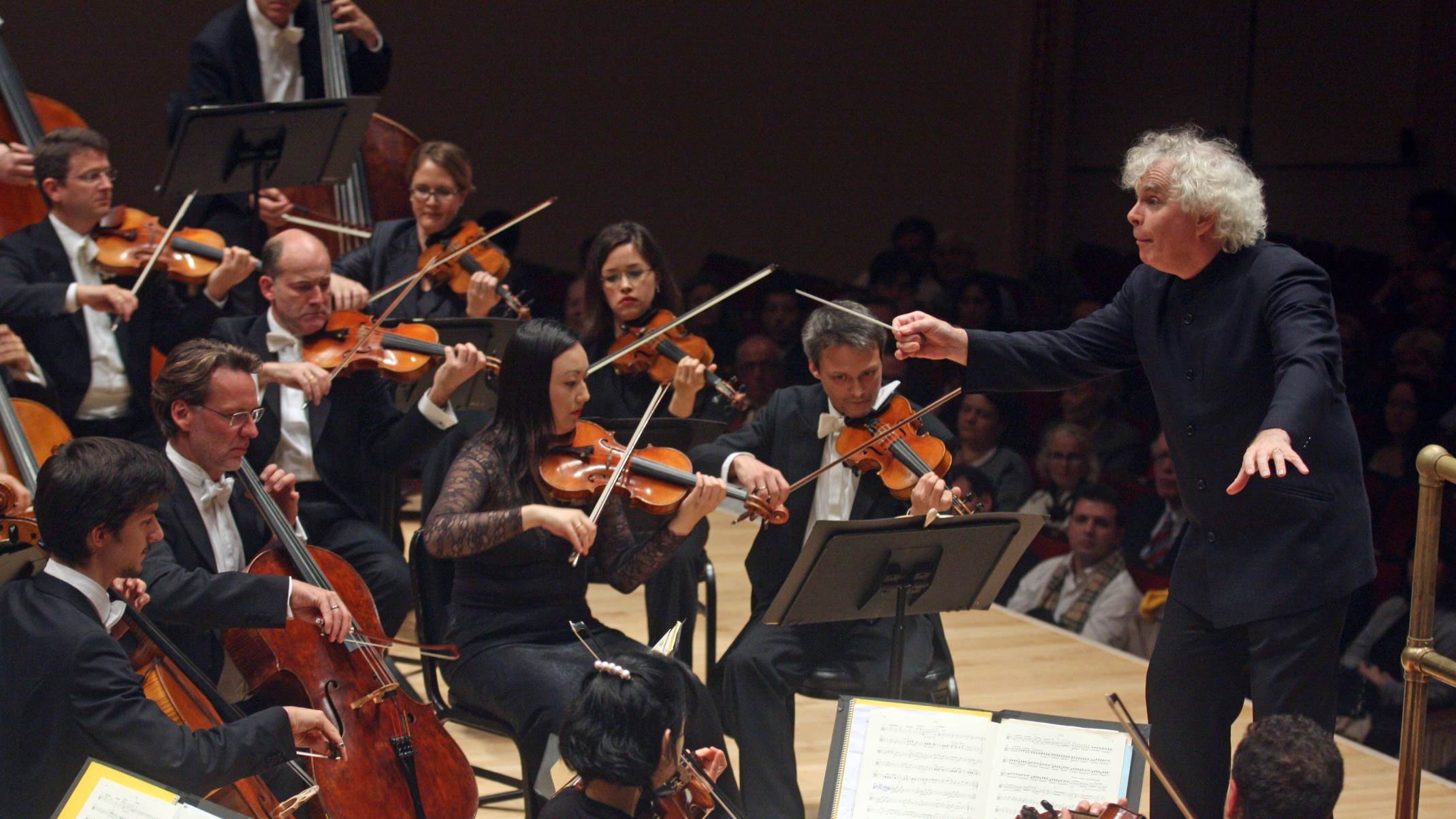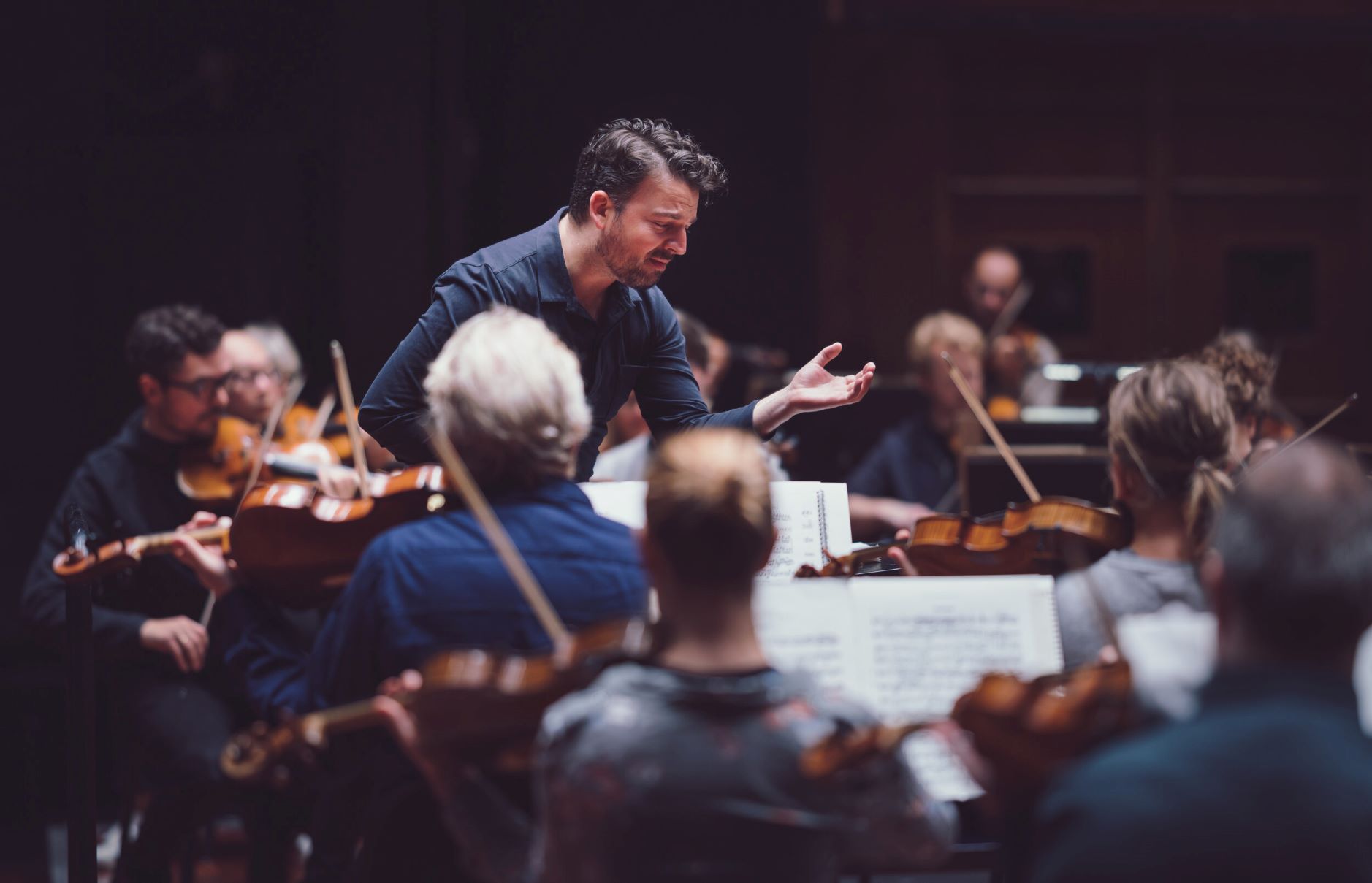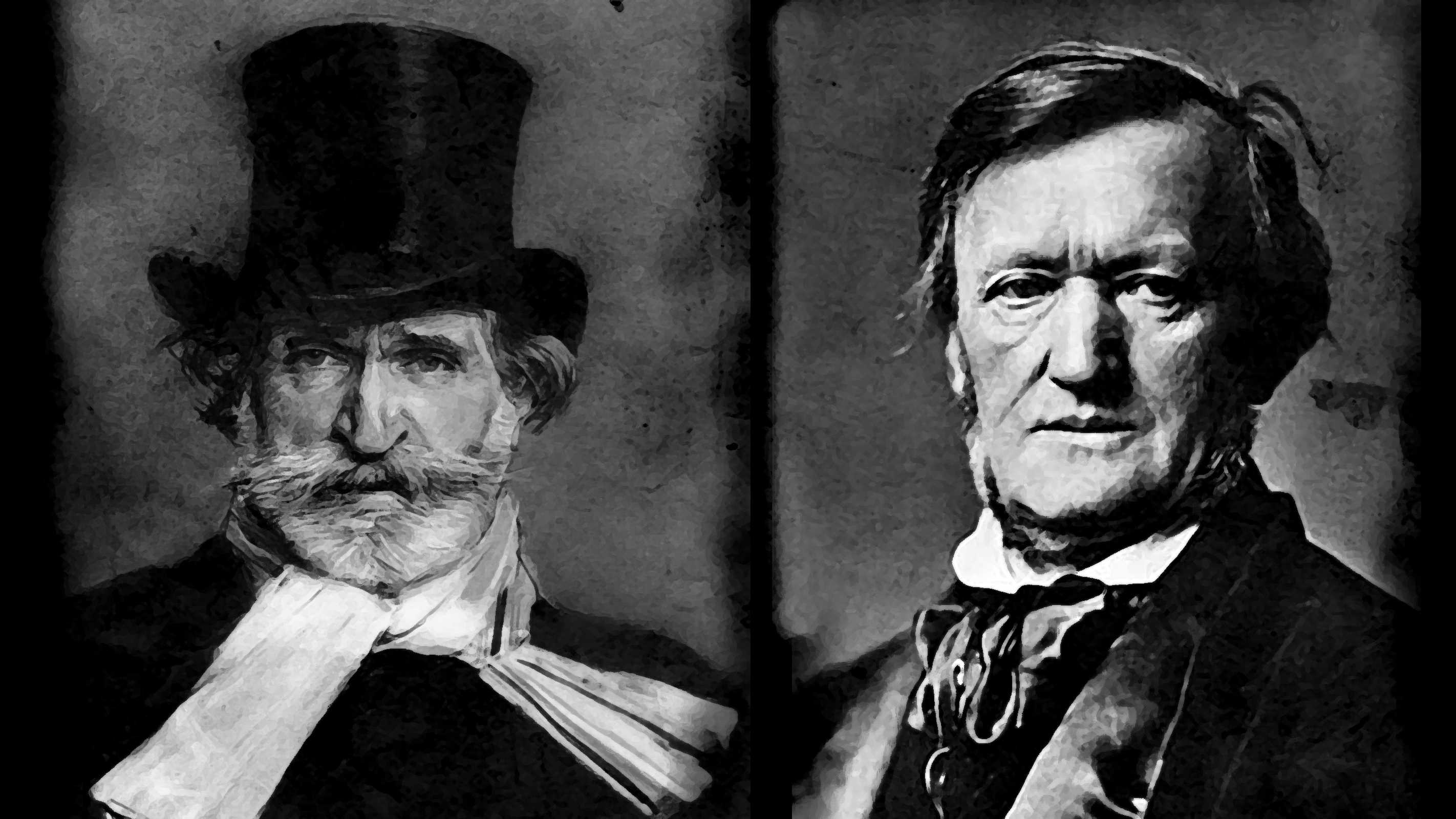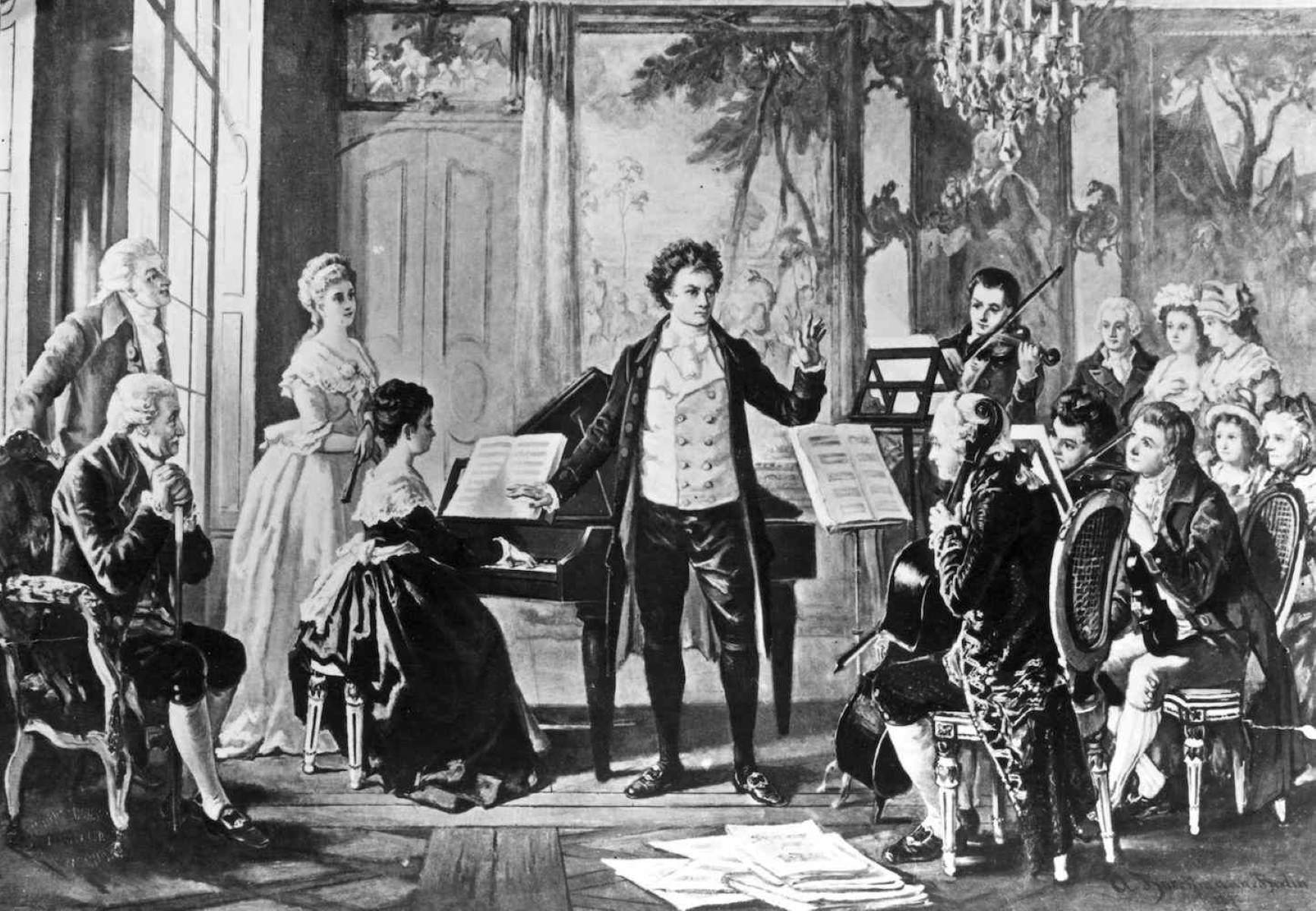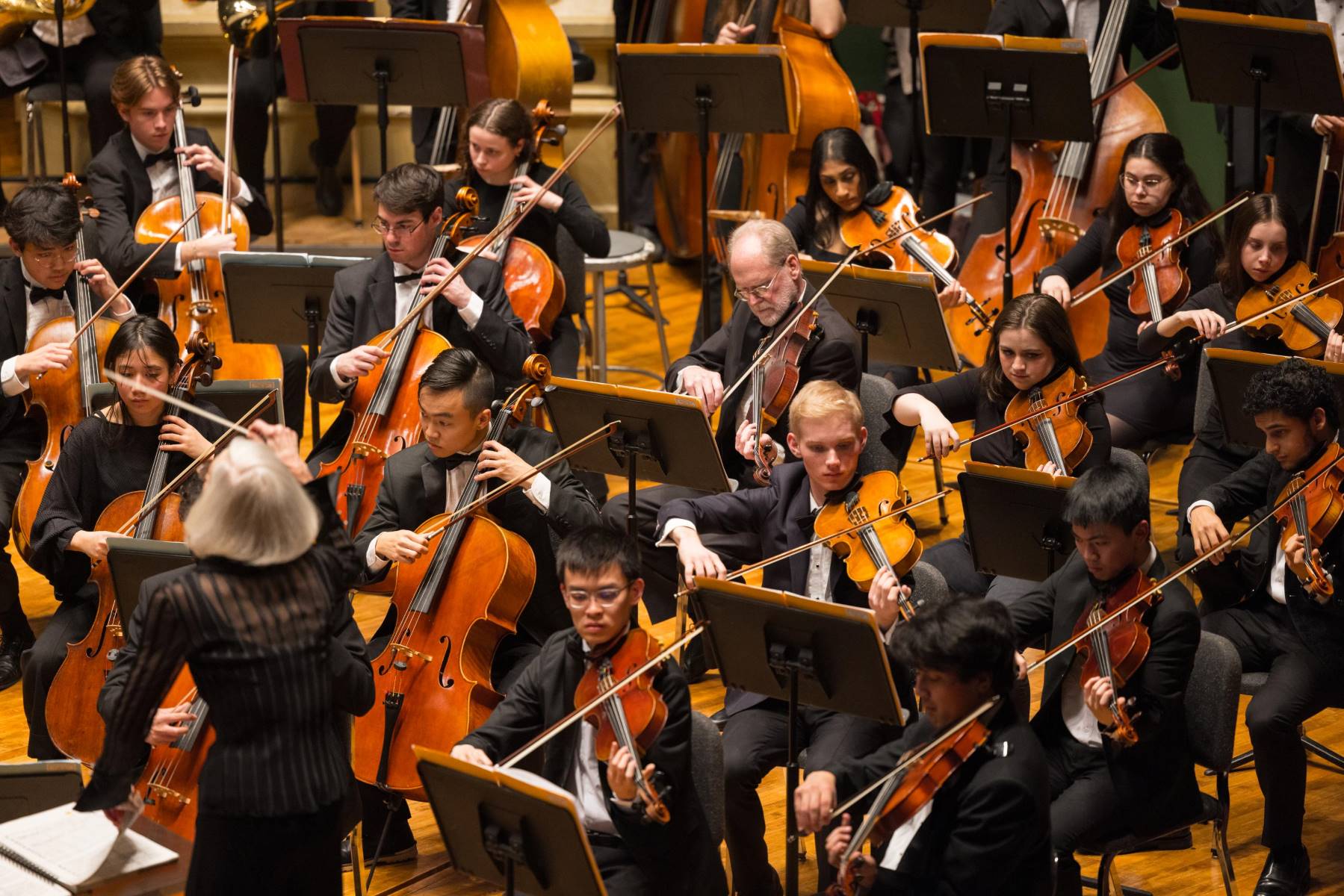

Symphony
What Is The Most Famous Symphony
Modified: January 22, 2024
Discover the most famous symphony compositions and their composers. Dive into the world of symphonic music and appreciate the beauty of orchestral masterpieces.
(Many of the links in this article redirect to a specific reviewed product. Your purchase of these products through affiliate links helps to generate commission for AudioLover.com, at no extra cost. Learn more)
Table of Contents
Introduction
Symphonies are a cornerstone of classical music, bringing together intricate compositions, rich harmonies, and powerful emotions. Over the centuries, numerous symphonies have been composed that have captivated audiences and left a lasting impact on the world of music. In this article, we will explore some of the most famous symphonies ever created.
These symphonies are not only renowned for their technical brilliance but also for their ability to evoke a wide range of emotions, from joy and triumph to sorrow and introspection. Each symphony has its own unique character and style, showcasing the brilliance and creativity of the composers behind them.
From the iconic masterpieces of Beethoven to the melodic beauty of Mozart, the passionate compositions of Tchaikovsky, the dramatic intensity of Brahms, and the expansive vision of Mahler, these symphonies have stood the test of time and continue to inspire both musicians and listeners alike.
Throughout this article, we will delve into the stories behind these symphonies, exploring their musical intricacies, historical context, and the impact they have had on the world of classical music. So, let’s embark on a journey through the harmonies and melodies of these famous symphonies.
Beethoven’s Symphony No. 9
Beethoven’s Symphony No. 9, also known as the “Choral Symphony,” is undoubtedly one of the most famous symphonies ever written. Composed between 1822 and 1824, it marked a turning point in symphonic music and cemented Beethoven’s status as a musical genius.
What sets Symphony No. 9 apart from Beethoven’s earlier works is the inclusion of a full chorus and vocal soloists in the final movement. This unique element, combined with the symphony’s grandeur, led to its iconic status and its recognition as a masterpiece.
The symphony is structured in four movements, with the final movement being the most well-known. The famous “Ode to Joy” melody, based on Friedrich Schiller’s poem, is sung by the chorus and soloists, expressing a universal message of joy and unity. This melodic theme has become synonymous with the symphony itself and is instantly recognizable to people all over the world.
Beethoven’s Symphony No. 9 also showcases his mastery of using contrasting dynamics and tempos to create dramatic and emotional moments. The opening movement juxtaposes powerful orchestral passages with delicate and lyrical melodies, keeping listeners on the edge of their seats.
The second movement, a gentle and serene scherzo, provides a contrasting mood before the intensity of the third movement, which features a vigorous and relentless energy. The symphony then reaches its climactic finale with the jubilant and uplifting fourth movement, leaving audiences with a sense of awe and wonder.
Not only has Beethoven’s Symphony No. 9 captured the hearts and imaginations of music lovers for centuries, but it has also become a symbol of hope and humanity. Its transcendent message of joy and unity through the power of music continues to resonate with audiences around the world.
Mozart’s Symphony No. 40
Mozart’s Symphony No. 40 in G minor, K. 550, is regarded as one of his most beloved and influential symphonies. Composed in 1788, this symphony showcases Mozart’s exceptional talent for melody, harmony, and emotional depth.
Symphony No. 40 is written in the traditional four-movement structure. The first movement, marked by its iconic opening motif, immediately captures the listener’s attention with its brooding and melancholic atmosphere. The contrasting themes and intricate musical details demonstrate Mozart’s mastery of composition and ability to evoke a range of emotions.
The second movement offers a tranquil contrast, with its graceful melodies and gentle rhythms. It is often considered one of Mozart’s most beautiful and introspective compositions. The simplicity and elegance of this movement create a sense of serenity and emotional depth.
The third movement, a lively minuet and trio, brings a sense of lightness and playfulness to the symphony. With its rhythmic drive and catchy melodies, it provides a delightful interlude before the dramatic finale.
The fourth movement, a tour de force, begins with a sense of urgency and tension. Mozart skillfully weaves together multiple themes and variations, building towards an exhilarating climax. The symphony concludes with a thrilling and satisfying resolution, leaving the audience with a sense of satisfaction and awe.
Mozart’s Symphony No. 40 is celebrated for its perfect balance of emotional depth, technical precision, and melodic beauty. Its timeless appeal has made it a staple in the repertoire of orchestras around the world and a favorite among listeners of all ages.
The symphony’s enduring popularity can be attributed to Mozart’s innate ability to communicate profound emotions through music. Symphony No. 40 captures a range of emotions, from longing and melancholy to exuberance and triumph, showcasing Mozart’s remarkable talent and his ability to touch the hearts of his audience.
Tchaikovsky’s Symphony No. 5
Tchaikovsky’s Symphony No. 5 is a powerful and emotionally charged piece that has become one of his most beloved works. Composed in 1888, this symphony is a reflection of Tchaikovsky’s personal struggles and triumphs, as well as a testament to his exceptional compositional skills.
Symphony No. 5 is a four-movement symphony that explores themes of fate, struggle, and ultimately, triumph. The opening movement begins with a somber and melancholic theme, conveying a sense of despair. However, as the movement progresses, Tchaikovsky skillfully transforms the music, infusing it with moments of hope and determination.
The second movement, a tender and lyrical Andante, provides a welcome contrast to the intensity of the first movement. This movement showcases Tchaikovsky’s gift for crafting beautiful melodies that are filled with emotional depth. The delicate interplay of the strings and woodwinds creates a sense of introspection and introspective beauty.
The third movement, a lively and spirited waltz, brings a sense of energy and excitement to the symphony. The catchy melodies and infectious rhythms make it a crowd-pleaser, while still maintaining a sense of emotional depth and complexity.
The final movement is the crowning jewel of Symphony No. 5. Tchaikovsky takes the listener on a journey of triumph and redemption, with a grand and heroic theme that rises above the previous struggles and challenges. The symphony concludes with a triumphant and energetic coda that leaves the audience with a sense of exhilaration and awe.
Tchaikovsky’s Symphony No. 5 is a testament to his ability to infuse his music with raw emotion and to tell a captivating musical story. It exemplifies his gift for creating melodic beauty, while also capturing the full range of human emotions.
This symphony is often regarded as one of Tchaikovsky’s greatest achievements and serves as a testament to his enduring legacy in the world of classical music. Symphony No. 5 continues to inspire and captivate audiences with its emotional depth, masterful orchestration, and powerful storytelling.
Brahms’ Symphony No. 4
Brahms’ Symphony No. 4 is a profound and introspective masterpiece that showcases the composer’s mastery of symphonic writing. Completed in 1885, this symphony is often hailed as one of the greatest symphonies ever composed.
Symphony No. 4 is structured in four movements, with each movement building upon the previous one to create a cohesive and emotionally rich musical narrative. The opening movement sets the tone with its dark and brooding melodies, creating an atmosphere of tension and anticipation.
The second movement offers a contrast to the first, with a graceful and serene outlook. The lyrical melodies and delicate orchestration create a sense of beauty and tranquility. This movement is often regarded as one of Brahms’ most sublime and heartfelt compositions.
The third movement brings a burst of energy and vigor with a lively scherzo. The spirited melodies and rhythmic drive showcase Brahms’ command of orchestration and his ability to create vibrant and engaging music. Despite the uplifting nature of the movement, there are fleeting moments of melancholy and introspection that add depth to the overall composition.
The symphony reaches its climax with the final movement, a passacaglia that is both haunting and majestic. Brahms ingeniously weaves together variations on a recurring theme, gradually building tension and intensity. The final resolution is both powerful and emotionally cathartic.
Brahms’ Symphony No. 4 is known for its complex and rich harmonic language, as well as its structural integrity. It incorporates elements of both traditional forms and innovative compositional techniques, showcasing Brahms’ unique voice as a symphonist.
This symphony is often seen as a synthesis of Brahms’ artistic maturity and embodies his passionate and introspective nature. It is a testament to the depth of Brahms’ musical expression and his ability to create profound emotional journeys through his compositions.
Brahms’ Symphony No. 4 stands as a testament to his greatness as a composer and his enduring legacy in the world of classical music. Its emotional depth, structural complexity, and sheer beauty continue to captivate audiences and cement Brahms as one of the most influential composers of his time.
Mahler’s Symphony No. 5
Mahler’s Symphony No. 5 is a monumental work that showcases the composer’s bold and visionary approach to symphonic music. Composed between 1901 and 1902, this symphony marks a significant shift in Mahler’s compositional style and demonstrates his mastery of blending various musical elements to create a deeply emotional and evocative experience.
Symphony No. 5 is a five-movement symphony, each with its own distinct character and musical ideas. The opening movement begins with a funeral march-like theme that gradually transforms and evolves, leading to moments of triumph and soaring melodic lines. This movement sets the tone for the entire symphony, drawing the listener into Mahler’s world of turbulence and introspection.
The second movement is a delicate and nostalgic Scherzo. It features a tender and hauntingly beautiful melody played by the solo trumpet, accompanied by gentle strings and woodwinds. This movement represents a moment of respite amidst the emotional intensity of the symphony.
The third movement brings a dramatic shift in mood with a passionate and tumultuous Scherzo. It is a tour de force of orchestration, showcasing Mahler’s ability to create thrilling and complex musical textures. The intensity of the movement is contrasted by a lyrical and introspective section that provides a momentary glimpse of calm before the storm.
The fourth movement is perhaps the most famous and recognizable of the symphony. It features a stunning Adagietto, a deeply expressive and tender love song. The rich and lush string melodies create a sense of longing and vulnerability, creating a profound emotional impact on the listener.
The symphony concludes with a triumphant and exhilarating final movement. It brings together various musical themes and motifs from the previous movements, building towards a climactic and powerful finale. The symphony ends with a sense of exuberance and a feeling of transcendence.
Mahler’s Symphony No. 5 represents a pinnacle of his artistic vision. It is a symphony of immense emotional depth, spanning a wide range of human experiences. From moments of anguish and despair to moments of hope and joy, Mahler’s music resonates with the full spectrum of human emotions.
This symphony is a testament to Mahler’s unrivaled orchestral writing and his ability to create grand musical narratives that speak directly to the soul. Symphony No. 5 continues to captivate and move audiences worldwide, firmly establishing Mahler as a major figure in the history of symphonic music.
Conclusion
Throughout this article, we have explored some of the most famous symphonies in the world of classical music. From Beethoven’s majestic Symphony No. 9 to Mozart’s poignant Symphony No. 40, Tchaikovsky’s emotional Symphony No. 5, Brahms’ introspective Symphony No. 4, and Mahler’s visionary Symphony No. 5, each symphony has left an indelible mark on the musical landscape.
These symphonies are not only renowned for their technical brilliance but also for their ability to evoke a wide range of emotions from audiences. They have the power to transport us to different emotional landscapes—whether it is the joyous celebration of unity in Beethoven’s Ninth Symphony or the introspective beauty of Mozart’s Symphony No. 40.
What makes these symphonies timeless is their ability to transcend time and connect with people from all walks of life. They have the power to stir our souls, uplift our spirits, and transport us to a different realm altogether.
From the rich and intricate compositions of Beethoven to the melodic beauty of Mozart, from the passionate expressions of Tchaikovsky to the introspection of Brahms, and from the visionary explorations of Mahler, each of these symphonies stands as a testament to the incredible breadth and depth of human creativity.
Whether you are a seasoned classical music enthusiast or just starting your journey into this world, exploring these famous symphonies is truly a rewarding experience. Their enduring popularity and influence are a testament to the power of music in touching our souls and connecting us with profound emotions.
So, take a moment to indulge in the grandeur and beauty of these famous symphonies. Immerse yourself in the rich melodies, the intricate harmonies, and the emotional depth that they offer. Let them transport you to different worlds, stir your emotions, and ignite your imagination.
In the realm of classical music, these symphonies will continue to captivate and inspire generations to come, reminding us of the timeless power and beauty of orchestral compositions.



